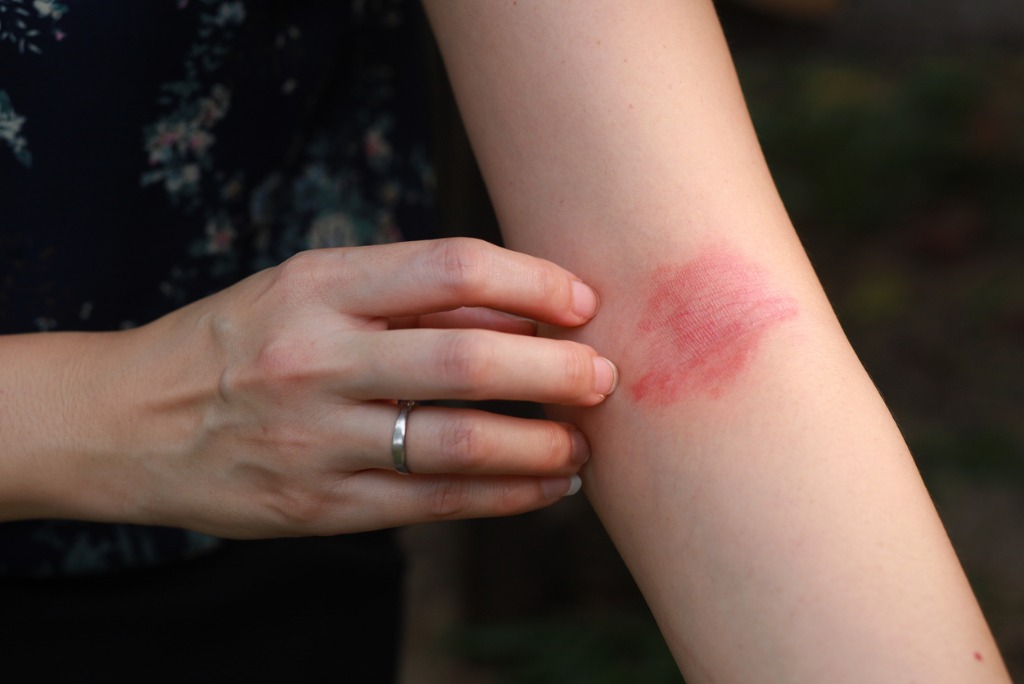Atopic dermatitis, commonly known as eczema, is a chronic skin condition characterized by red, itchy patches. While what causes atopic dermatitis is unknown, allergens play a role in triggering and exacerbating symptoms. By understanding the relationship between allergens and atopic dermatitis, individuals can take proactive steps to minimize flare-ups and maintain healthier skin.
Allergens: The Invisible Aggravators
Allergens are substances that can cause an allergic reaction when inhaled, ingested, or come into contact with the skin. For those with atopic dermatitis, these allergens can trigger or worsen symptoms.
Common Environmental Allergens
Environmental allergens are often found in our surroundings and can be challenging to avoid. Some of the most common include:
- Pollen: Often released by trees, grasses, and weeds, pollen can be a significant irritant for those with atopic dermatitis. A study found that pollen exposure can exacerbate atopic dermatitis symptoms.
- Dust mites: These microscopic creatures thrive in warm, humid environments and are commonly found in bedding, carpets, and upholstered furniture.
- Animal dander: Shed skin flakes, saliva, and urine from pets can trigger atopic dermatitis in some individuals.
Food Allergens
While not everyone with atopic dermatitis has food allergies, there’s a notable overlap. Common food allergens include:
- Dairy products
- Eggs
- Nuts
- Soy
- Wheat
Research suggests that up to 30% of children with atopic dermatitis may have food allergies, making it crucial for parents to monitor potential reactions. This study delves deeper into the relationship between food allergies and atopic dermatitis.
Minimizing Exposure and Managing Flare-Ups
Understanding your triggers is the first step toward managing atopic dermatitis effectively.
Identifying Personal Triggers
- Allergy testing: Consulting with an allergist can help pinpoint specific allergens that may be causing flare-ups.
- Keep a symptom diary: Note down when flare-ups occur and any potential triggers you were exposed to. Over time, patterns may emerge.
Reducing Exposure
- Home environment: Use allergen-proof covers on mattresses and pillows, vacuum regularly, and consider using a dehumidifier to reduce dust mite populations.
- Dietary adjustments: If certain foods trigger your atopic dermatitis, work with a nutritionist to ensure you’re still getting essential nutrients while avoiding allergens.
- Skincare: Opt for hypoallergenic products and moisturize regularly to strengthen the skin’s barrier.
Interested in Advancing Atopic Dermatitis Research?
At Olympian Clinical Research, we’re dedicated to advancing the understanding and treatment of atopic dermatitis. If you or someone you know is affected by atopic dermatitis, consider participating in one of our clinical studies. Together, we can pave the way for more effective treatments and a deeper understanding of this condition. Contact us today to learn more about our active clinical studies on atopic dermatitis.

Recent Comments